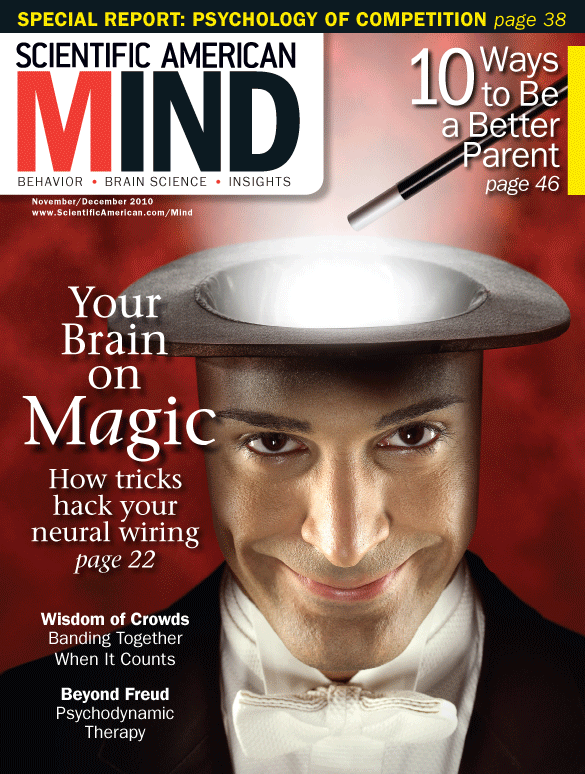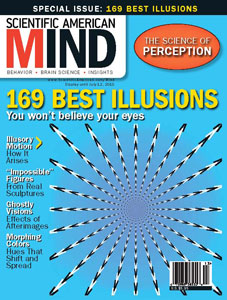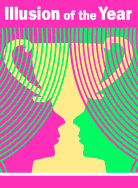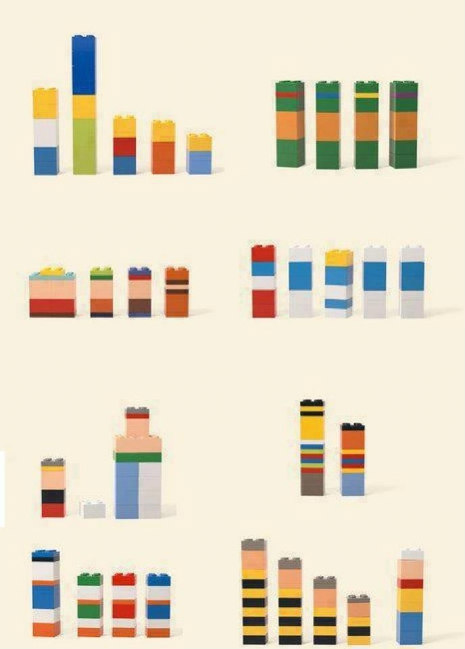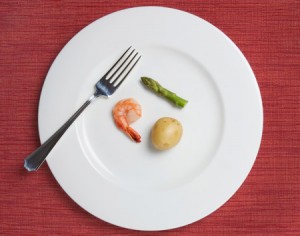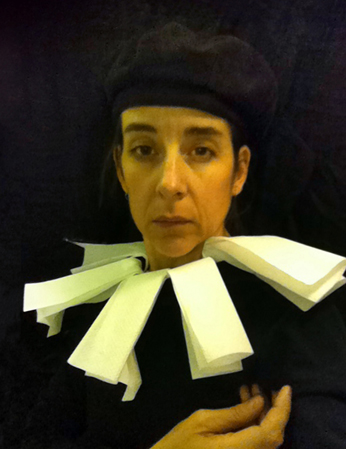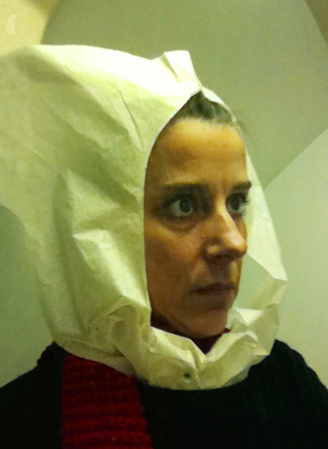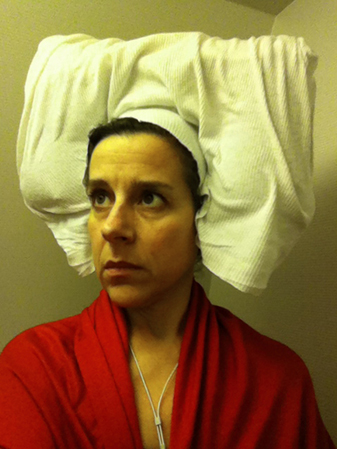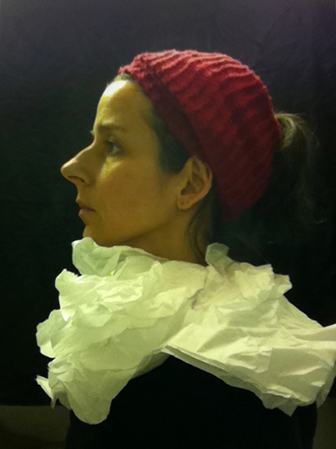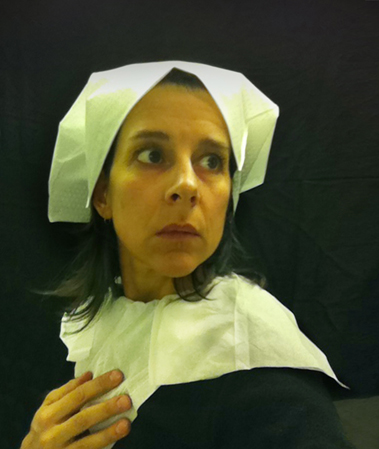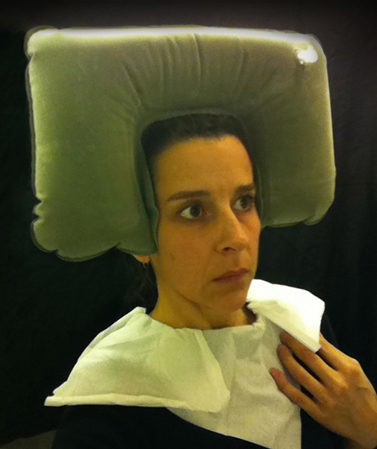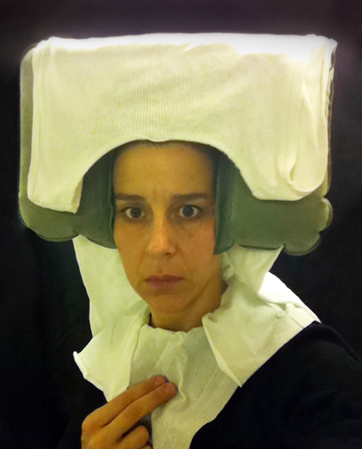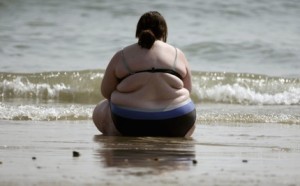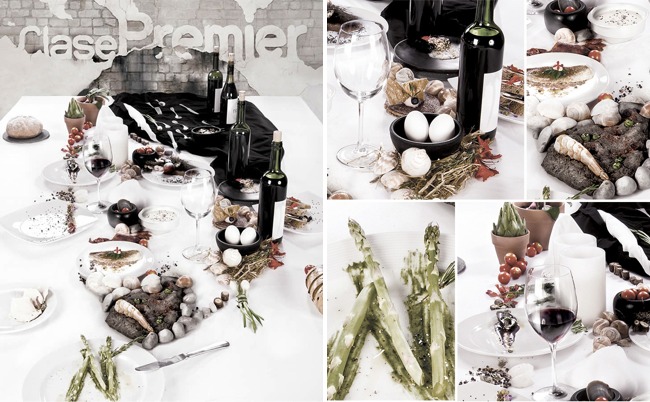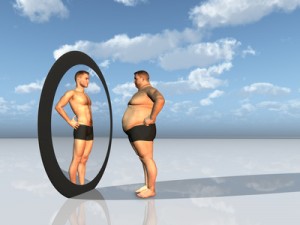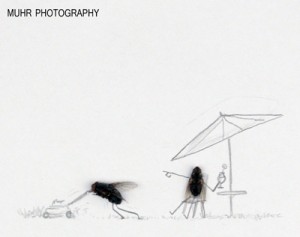Illusion of the Week: A LEGO Puzzle
Wednesday is Illusion Day. We feature a novel illusion–or a variation on a classic.
This week’s pick is another great illusion made with Legos, by German advertising agency Jung von Matt. Thanks go to my friend Mincos Outón Dosil for bringing it to my attention.
Look at the picture below and see if anything rings a bell… No? Keep looking at it, and eventually the (Lego) pieces will all fall into place.
Something that I find very interesting is that, once you figure out what the LEGO configurations stand for, it becomes impossible to ever see them again as random pilings of colorful blocks.
I recommend that you resist looking up the answer for as long as you can… it’ll be much more fun if you wait for the meaning of the image to pop out for you!
Or you can click here if you can’t take it anymore.
–Susana Martinez-Conde



